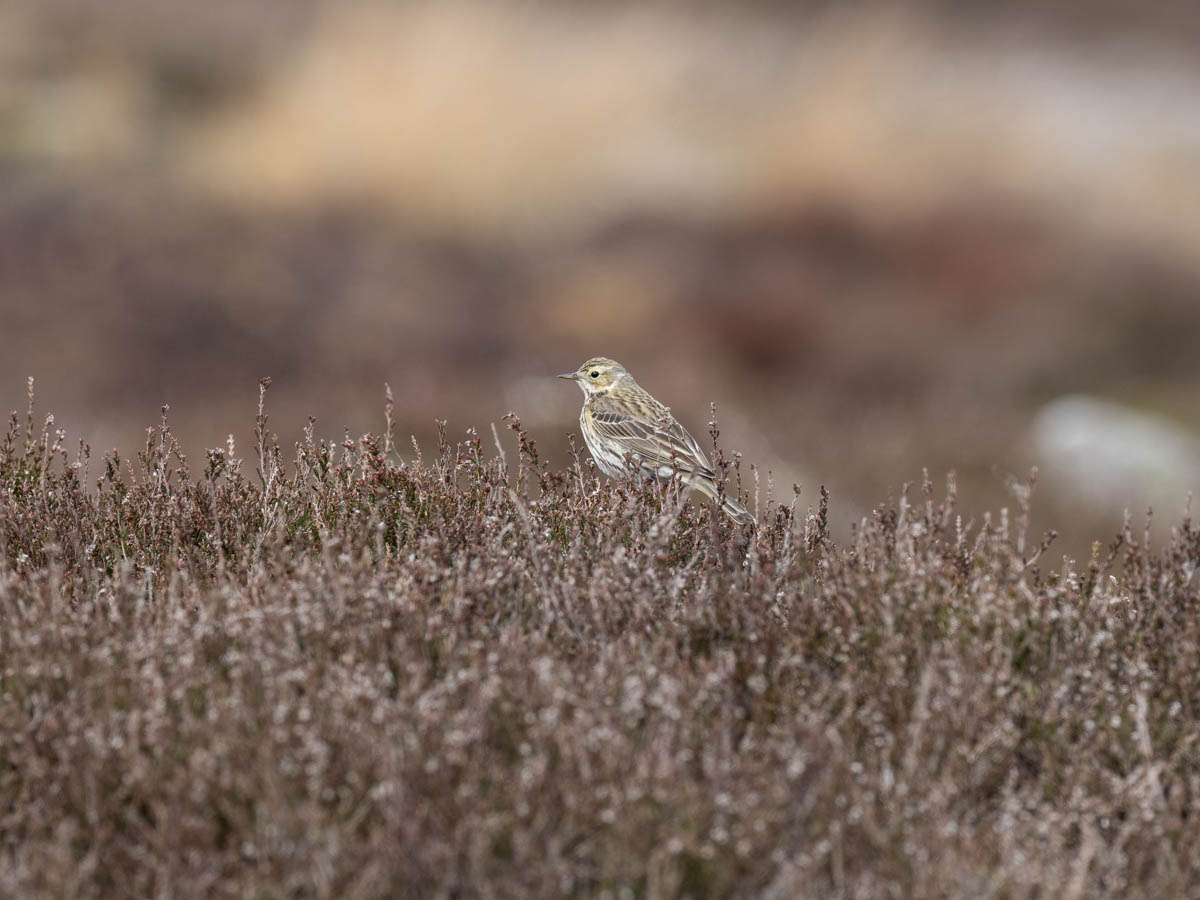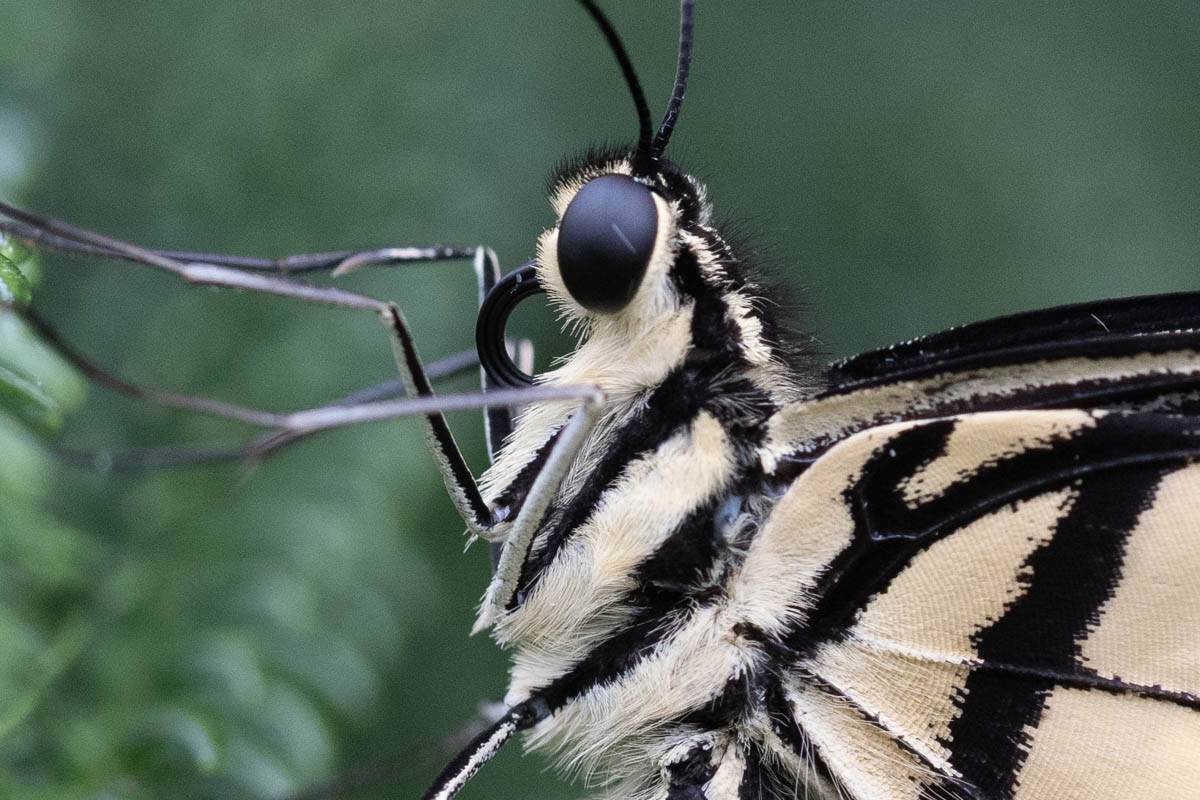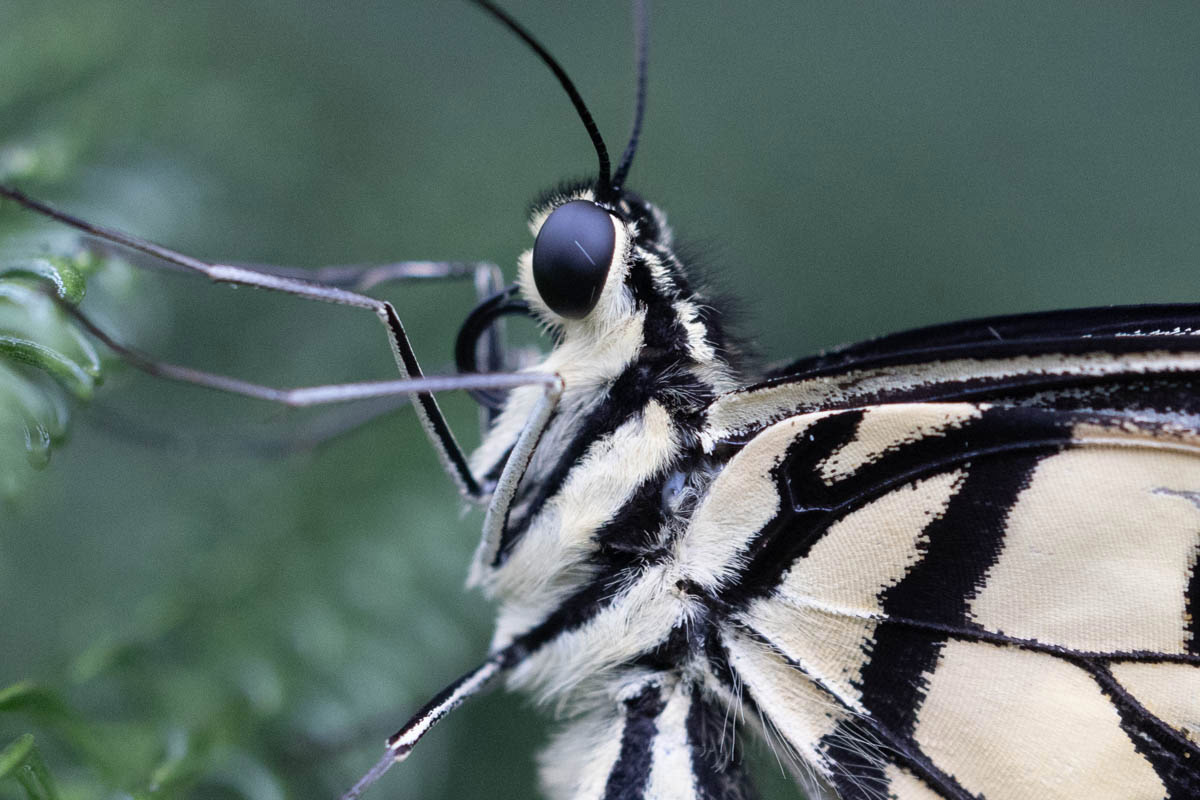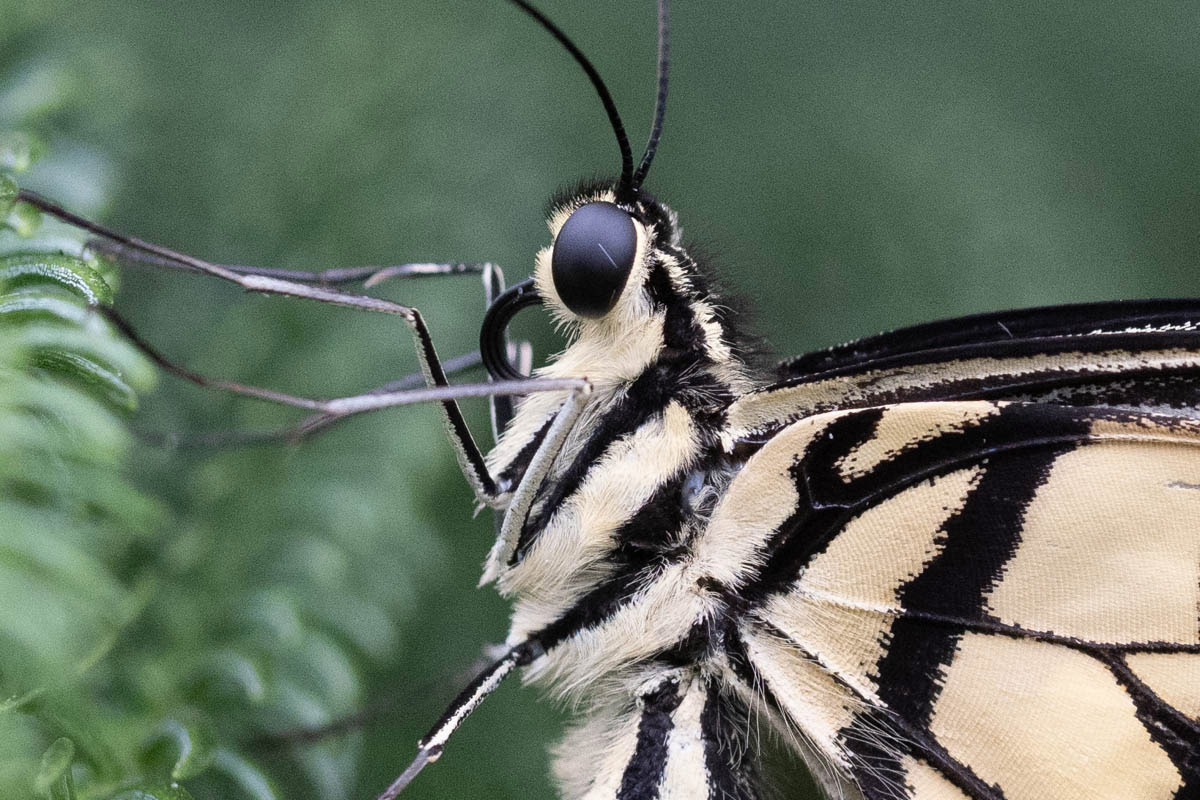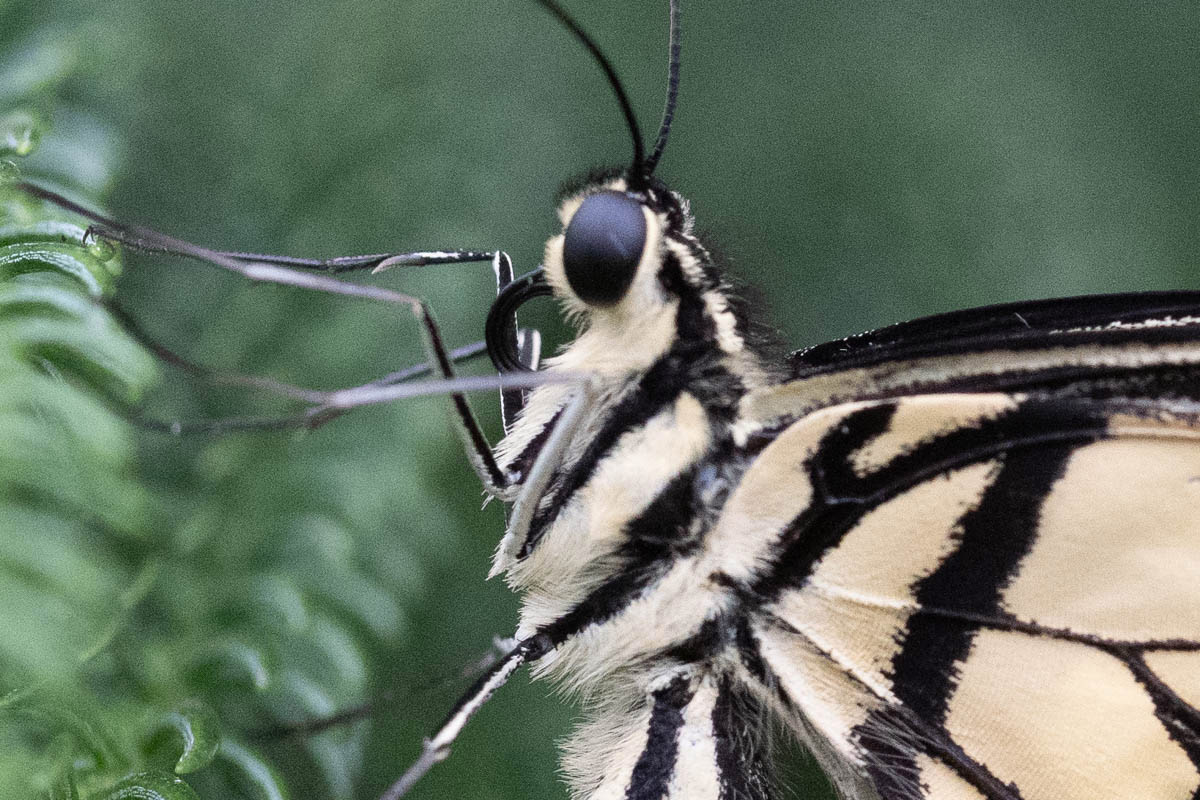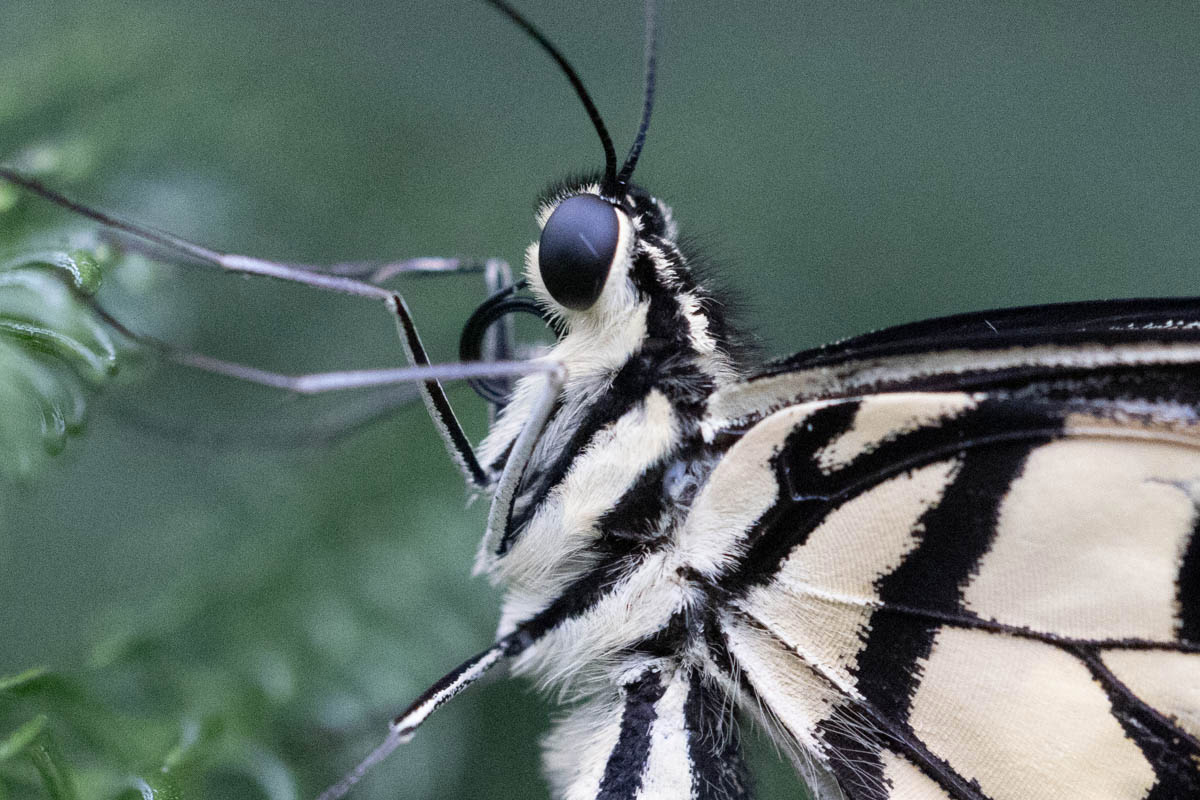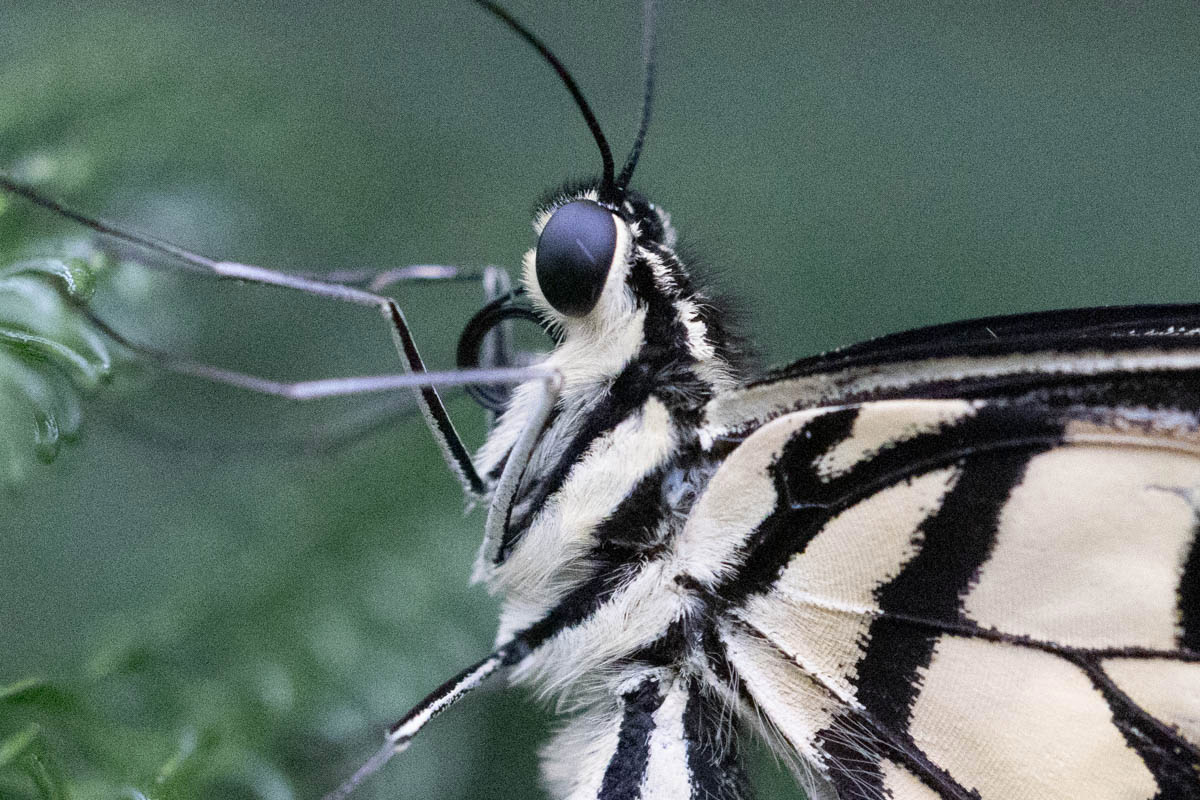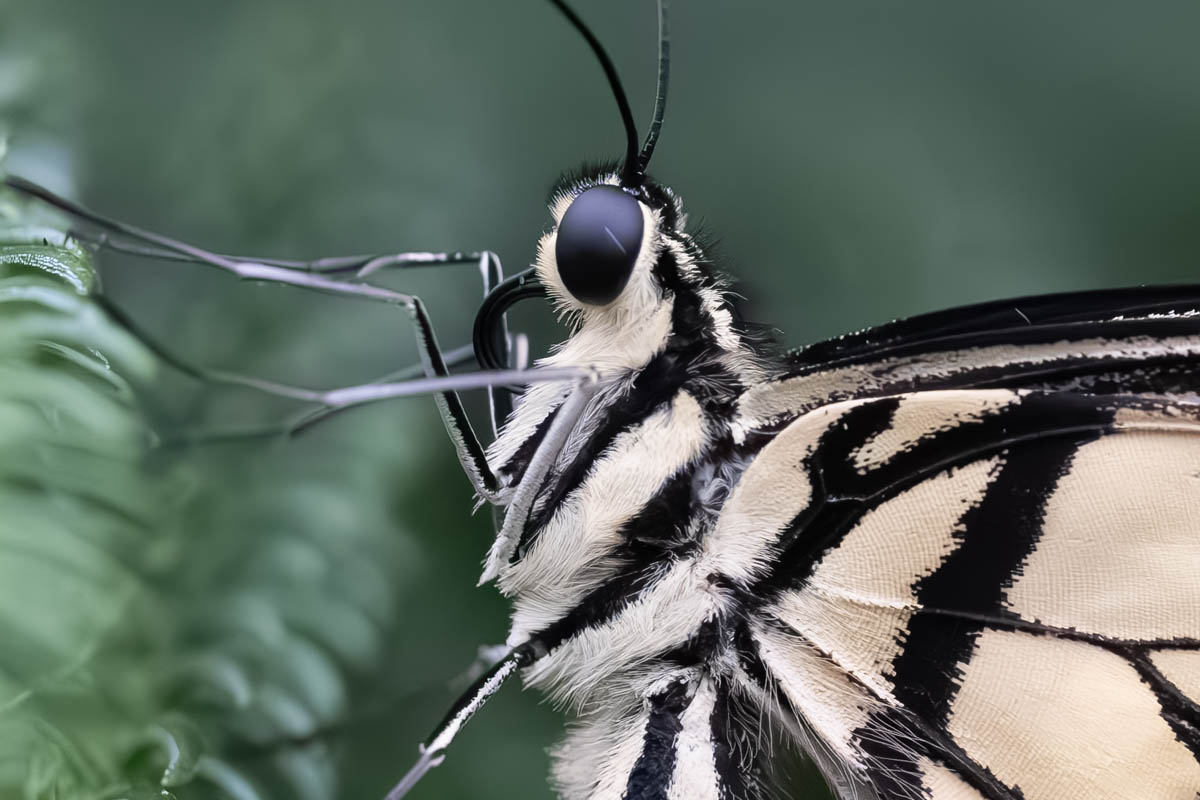The question ‘Which format should I use?’ has been asked since the earliest days of photography. It remains as relevant in today’s digital world as it was in the days of sheet film. Here, Will Cheung takes a long look at whether Micro Four Thirds or the full-frame format is best for nature and wildlife photography.
Many of these discussion points apply to other subject genres, too – shooters of landscapes or portraits and others may also pick up a thing or two here. We look at the pros and cons of the Micro Four Thirds (MFT) and full-frame format for wildlife and nature stills photography, considering each aspect in turn.
MFT vs full-frame: the cameras
Micro Four Thirds (MFT) is supported by two camera brands: OM Digital (formerly Olympus) and Panasonic. In full-frame format, there’s more brand choice: Canon, Leica, Nikon, Pentax, Sony and, interestingly, Panasonic.
In MFT, the highest resolution is found in the $2,100 / £1,350 body only Panasonic Lumix GH6 which packs 25.2MP. The top OM-System model is the $1,700 / £1,730 Olympus OM-1 with 20.4MP. Both brands offer cheaper and mid-priced models, plus smaller options. See our guide to the Best Small Mirrorless cameras.
True, there is more to life and photography than resolution and how many pixels one shoots. However, full-frame is the place to be for those wanting lots of megapixels. The Sony A7R V at $3,500 / £3,580 boasts a massive 61MP.
Climbing down the price ladder, pixel counts drop, too. A nicely priced full-frame mirrorless is the Canon EOS R, a 30MP camera that can be had with a 24-105mm f/4-7.1 lens for $2,275 / £2,200. Go DSLR and the 36.4MP Pentax K-1 Mark II sells at $1,700 / £1,500 and the 26.2MP Canon EOS 6D Mark II is even cheaper at $1,400 / £1,350 body only.
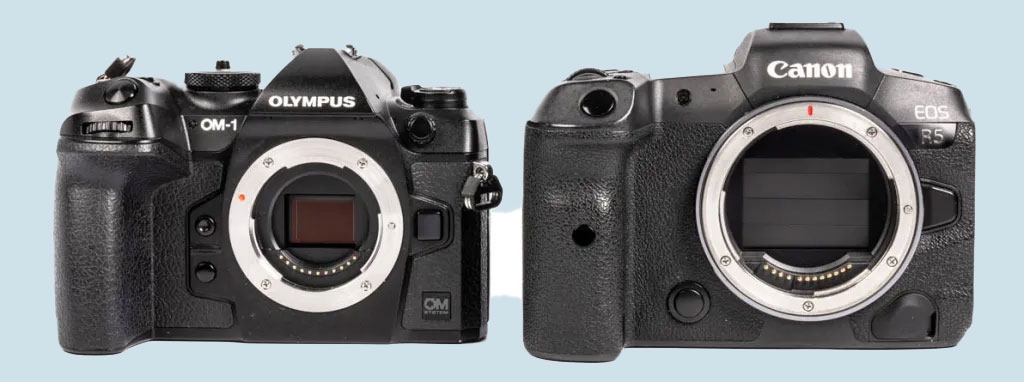
MFT vs full-frame: the lenses
While just two MFT camera brands share the same lens mount, the picture is very different for lenses. See our guide to the Best Micro Four Thirds lenses in 2024. There are options from Olympus/OM-System, Panasonic, and third party providers including Laowa, Samyang, 7Artisans, Tamron, Voigtlander, MEIKE, Sigma and more.
Understandably, the full-frame market enjoys massive support, but there are many more lens mounts out there. Some systems are better provided for than others. A key comparison is the very limited third party lens support for Canon EOS R mirrorless cameras, with just a few manual focus lenses available; compared with Sony’s E-mount, which is more widely supported.
There is plenty of lens choice to attract users of both formats but, availability aside, those in the smaller format have the advantage of being more compact.
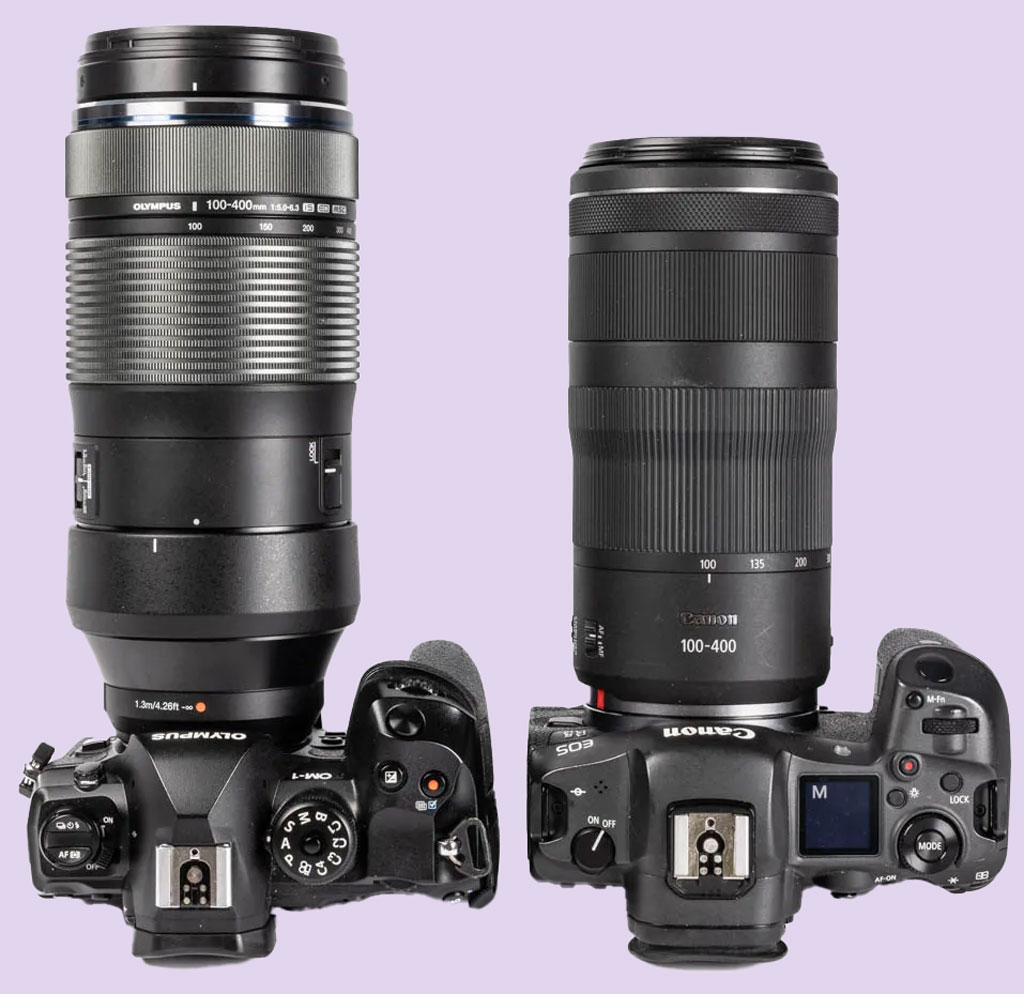
MFT vs full-frame: the crop factor
The Micro Four Thirds format is based on a sensor size measuring 17.3x13mm, while the full-frame format is nominally 36x24mm.
The diagonal of MFT measures 21.6mm against 43.2mm for full-frame, so almost precisely double, which gives us the 2x crop factor that’s always mentioned in format comparisons.
The 2x crop factor is important when we consider lenses. A lens’s focal length is a fixed parameter so a 50mm lens is a 50mm lens regardless of the camera format in use. In practice, though, use a 50mm focal length lens on an MFT camera and you get the ‘equivalent’ field of view of a 100mm lens.
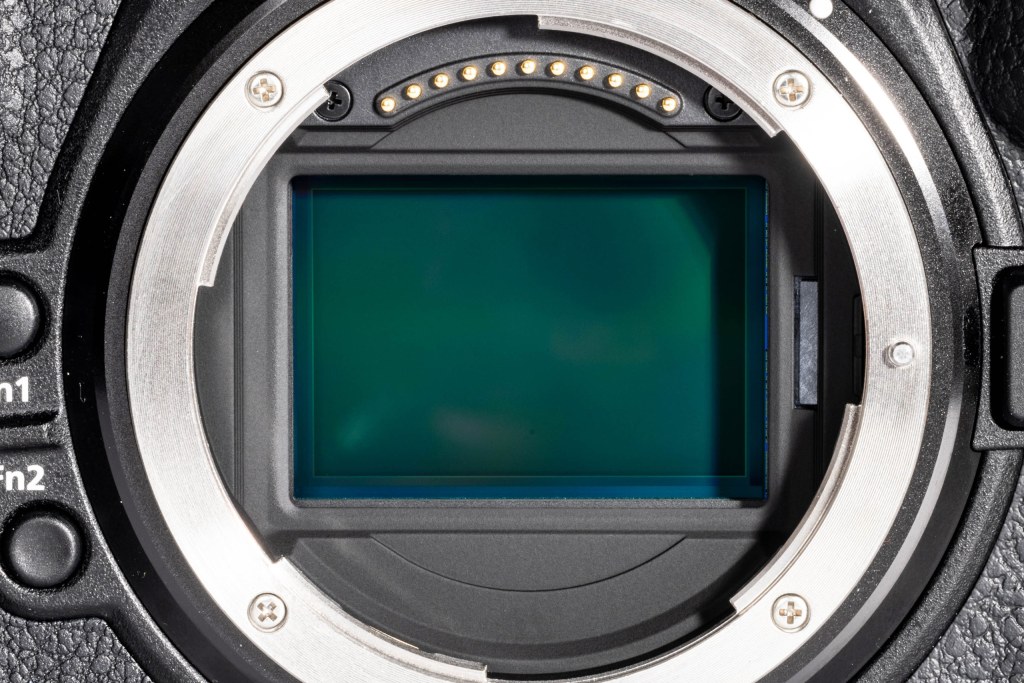
This 2x crop applies to all focal lengths but the real practical benefit kicks in with longer focal length lenses. This is a plus point for nature photographers.
A 400mm lens used on MFT gives the equivalent of a 800mm view (in 35mm equivalent terms). With both lenses a distant subject will be the same size, but on the smaller MFT format it will be more frame-filling compared with the 35mm shot which will need cropping to give the same composition. See our examples below.
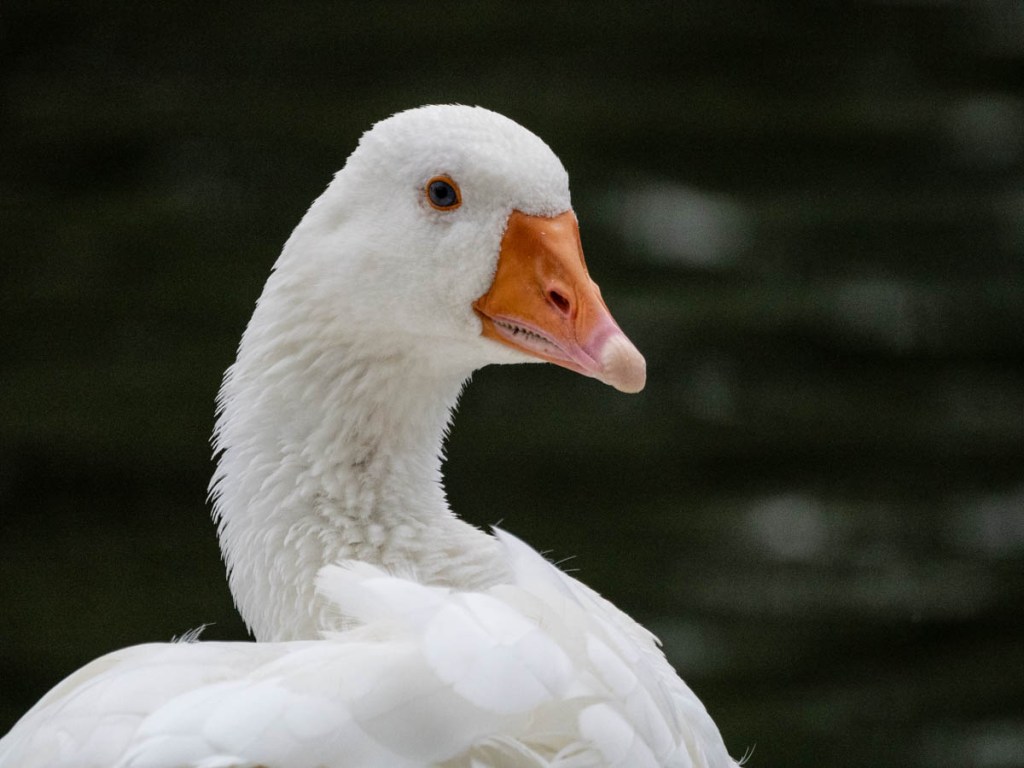
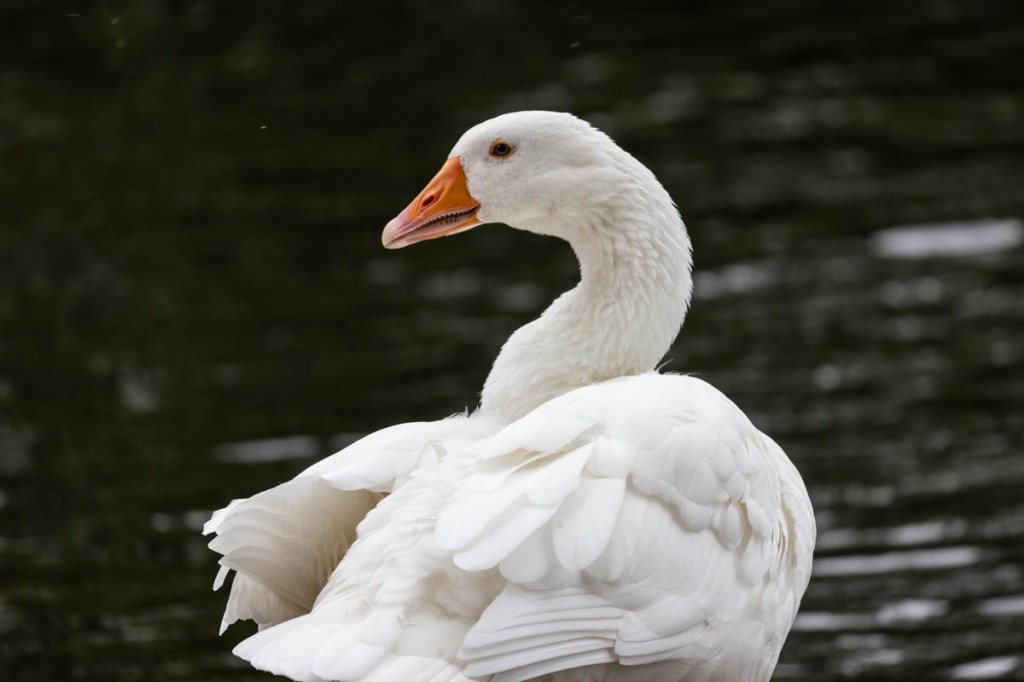
MFT vs full-frame: weight and bulk
Let’s look at some actual products to illustrate possible weight savings. The OM System 300mm f/4 IS PRO lens sells for $2800 / £2399, weighs 1.47kg and measures 22.7cm long. Canon’s RF 600mm f/4 L IS USM weighs twice as much at 3.1kg, is more than double the length at 47.2cm. It costs $12,999 / £14,179.
This is to compare apples with pears, but is as close as we can get. The fact remains that the MFT 300mm lens, which gives a 600mm equivalent in 35mm equivalent format, is a much more compact package, not to mention a great deal cheaper.
The weight savings with cameras are less dramatic and it depends on the models being compared. The full-frame Nikon Z7 II body weighs 615g while the MFT Panasonic Lumix GH6 body only is actually heavier at 833g although the OM System OM-1 is lighter at 599g body only.
Spread weight savings across a camera or two, plus several lenses and that is potentially a huge practical benefit for nature workers, especially those who travel, but it is just one factor, albeit an important one.
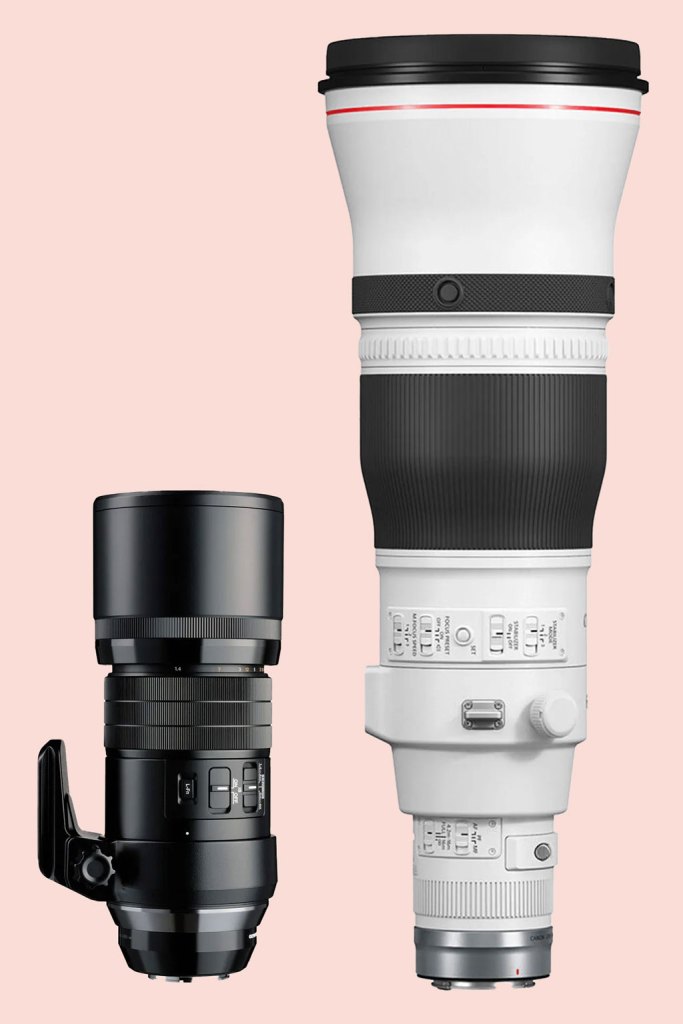
MFT vs full-frame: handling
You’ve seen how much larger full-frame telephoto lenses are compared with MFT options, and this has an impact on many aspects of camera handling.
Clearly, there are challenges to carrying and using heavier kit, and many photographers are now downsizing to the MFT format, accordingly.
Lugging heavy kit around is one thing, but it’s quite another to handhold a hefty telephoto lens for a length of time. A support of some sort is advised. Of course, we then have to consider shutter speeds to ensure sharp shots. The physically longer and heavier lenses demand a solid tripod, and that in turn adds to the burden. To protect and carry larger kit demands a bigger and heaver backpack; further increasing your overall weight of kit.
Many cameras have in-body image stabilisation (IBIS). This is a great benefit, but your shutter speed still can’t be dropped down too slow. As a hand-holding guide, the reciprocal rule still applies – ie a 300mm lens needs a shutter speed of at least 1/300sec – and while having IBIS means you can drop one or two stops slower, care is required. How slow you can actually go depends on your hand-holding skills, the lens; even a breeze is a factor.
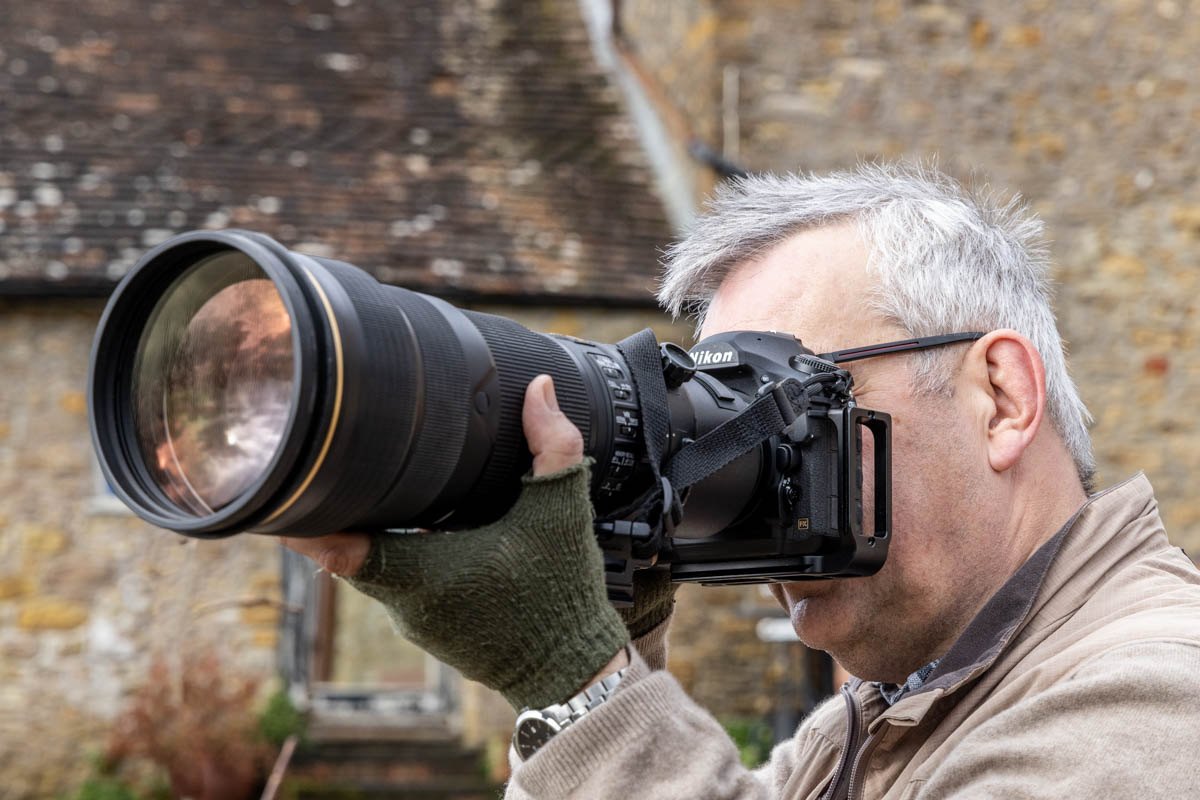
MFT vs full-frame: image quality
It wouldn’t be fair to make definitive image quality comparisons across different formats because the sensors and lenses are different. But let’s look at some stats and shots taken at the same time using the Canon EOS R5 and OM System OM-1.
The OM-1 is a 20MP MFT camera and its raw files open up to give an image size of 5184 x 3888 pixels. Assuming 300ppi, and no software interpolation, that gives a print size of 17.2 x 12.9in / 43.6 x 32.7cm. The full-frame 45MP EOS R5’s raw files open up to 8192 x 5464pixel files which translates to a print size of 27.3 x 18.2in / 69.3 x 46.2cm.
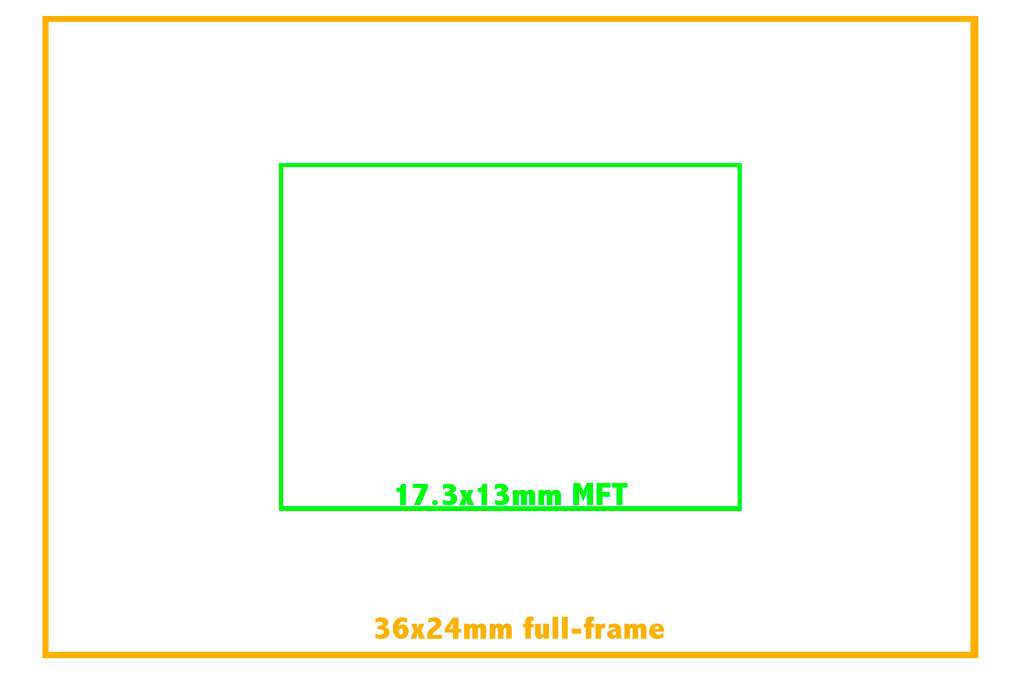
Clearly, the larger format has more possibilities for making big prints, and has many more pixels to play with for a small subject that you want to magnify.
Cropping an MFT picture to make a small subject a decent size can mean a less crisp, more fuzzy image especially if a high ISO is used. However, with good editing such issues are easily resolved.

MFT vs full-frame: ISO matters
The general premise is that the smaller the image sensor the greater the amount of digital noise produced as you progress up the ISO ladder. Digital noise looks like tiny coloured or neutral specks in your picture, and it’s more noticeable when shooting in very low light especially in the shadows area.
As sensor technology has advanced, the negative impact of digital noise spoiling pictures has lessened and recent cameras with back-side illuminated (BSI) or stacked sensors are impressive even at higher ISO speeds like ISO 6400.
Long lenses and sub-optimal lighting are part and parcel of nature photography; the ability to use higher ISO settings with confidence is important. You can see in our example how good it can be with images on an OM System OM-1 and Canon EOS R5.
The great news is that the latest noise reduction software is very capable when dealing with grainy pictures. Adobe Lightroom has recently gained Denoise AI to embellish its all-round workflow skills. Topaz Denoise AI and DxO PureRaw 3 are also staggeringly good at cleaning up high ISO files.
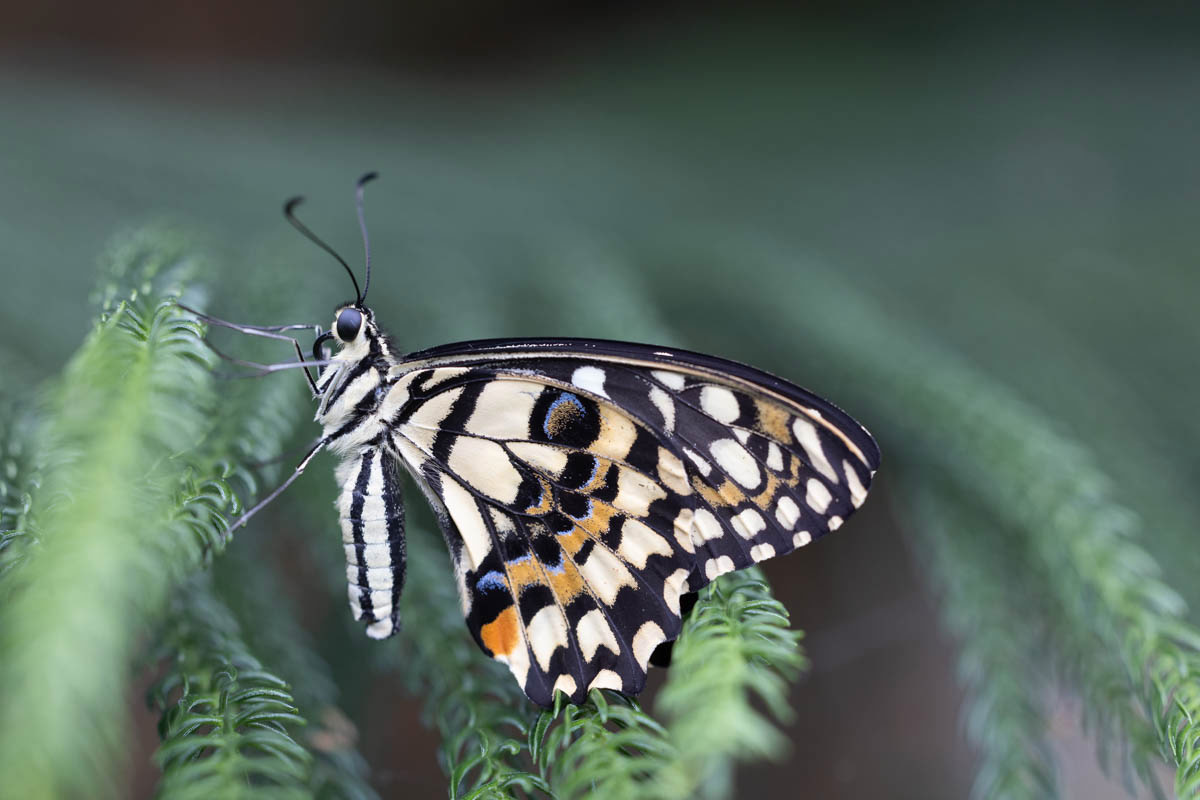
Click to view enlarged images:
ISO for ISO the full-frame images show less noise and are crisper but the MFT raw files are not far behind, and are improved hugely when processed with software noise reduction.
In the above example, we used Lightroom’s Denoise AI on the ISO 12,800 raw files and the results are amazingly good.
MFT vs full-frame: depth-of-field and bokeh
Our focus here is on nature photography, where depth-of-field and bokeh can be as important as they are with portrait and landscape work.
With macro, depth-of-field lessens as you approach the subject, so having as much as possible is a good thing. With long lenses, that are often used at wider aperture values in nature shooting, depth-of-field is shallow and again there are times when you might need more. Whatever the scenario, focusing, as ever is crucial, and MFT has its benefits.
Comparing like with like, the MFT format gives more depth-of-field and less background blur by a factor of two – the 2x crop factor. Shooting the same scenario with a 50mm at f/2 lens on MFT gives twice as much depth-of-field as a 100mm at f/2 on full-frame. This is incredibly handy with macro because to shoot at f/8 on MFT, the 2x crop factor gives the equivalent depth-of-field of using f/16 on full-frame.
However, this is a minor matter for those who like shallow depth-of-field. Portraitists often shoot with an 85mm f/1.8 wide open for selective focus and lovely blurry backgrounds so with MFT you need to use a 42.5mm at f/0.9 (NB the Panasonic 42.5mm f/1.2 is close-ish). A 85mm f/1.8 is a modest telephoto and 85mm f/1.4 and 85mm f/1.2 are very popular portrait lenses – you would struggle to get a comparable effect on MFT if those lenses were used at maximum aperture.
To check out the theory, I took a pair of shots featuring a four spotted chaser with an OM Digital OM-1 and Canon EOS R5 using the equivalent focal length and aperture: 210mm at f/4 and 420mm and f/8 respectively. The out of focus grasses in the background look similar and a close look at the insect shows the same zone of sharp focus, so the depth-of-field is more or less identical.
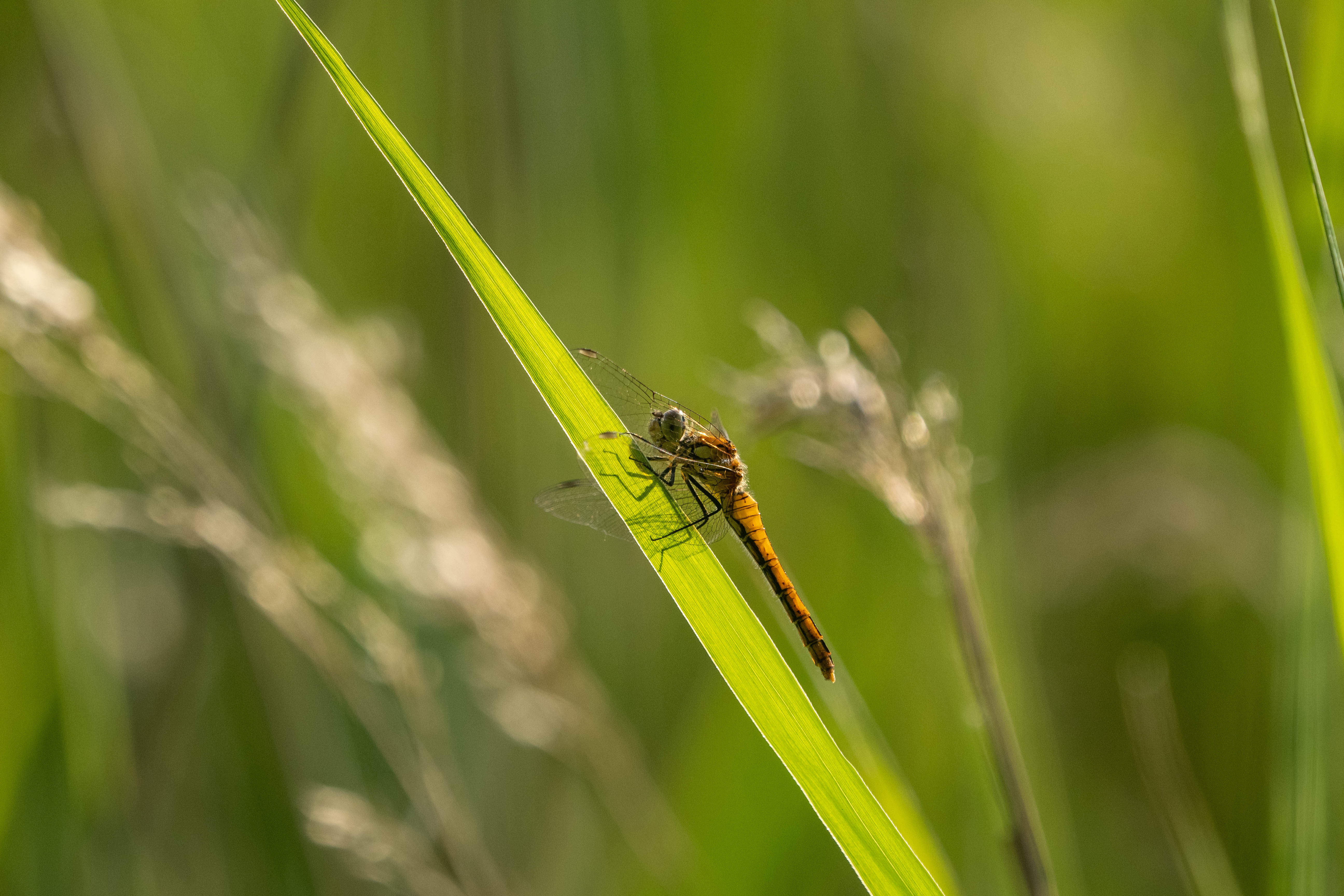
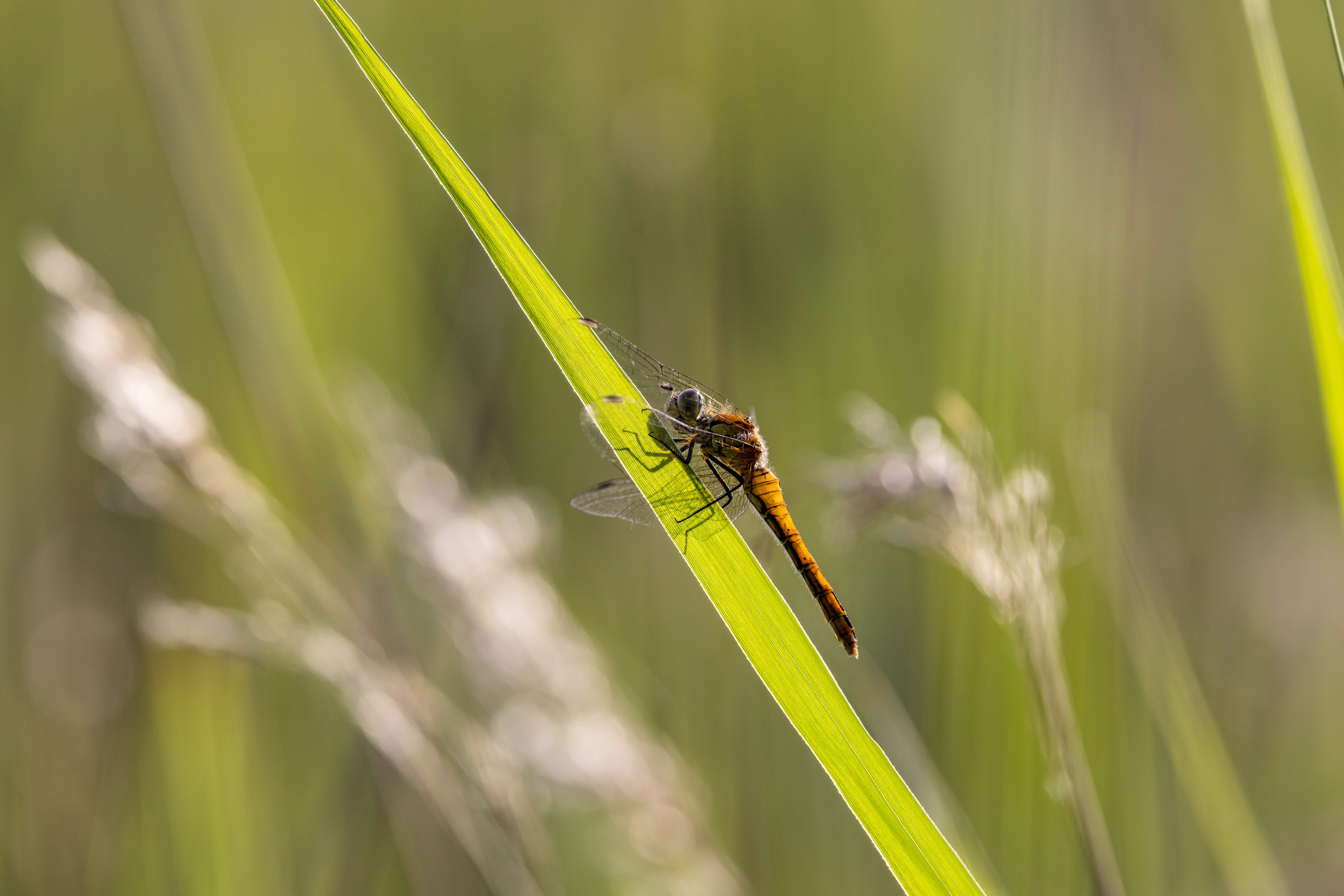
MFT or full-frame: Conclusion
Nature and wildlife photography are enjoyed by many and as with any discussion about camera format, there are pros and cons to both MFT and full-frame. Much depends on your budget, expectations and your needs, be that physical, pictorial or logistical.
So, if you currently own an extensive full-frame system and it’s becoming too much of a burden to lug around (and we’re all getting older by the day!), going MFT is worth considering. It’d make life easier for travelling too.
If you are looking at this option, you should get online and check the weight and dimensions of your prospective outfit just to make sure any savings are actually worth the upheaval and cost.
The other key consideration is ultimate image quality. MFT sensors are less capable quality-wise when it comes to high ISO performance – nature photography often needs high ISOs – and if you did a side-by-side test you’d see that full-frame is superior. But being superior means nothing if you only enjoy your work on-screen and don’t need files for outsized prints. MFT is very capable especially when treated with the latest software.
Related reading:



